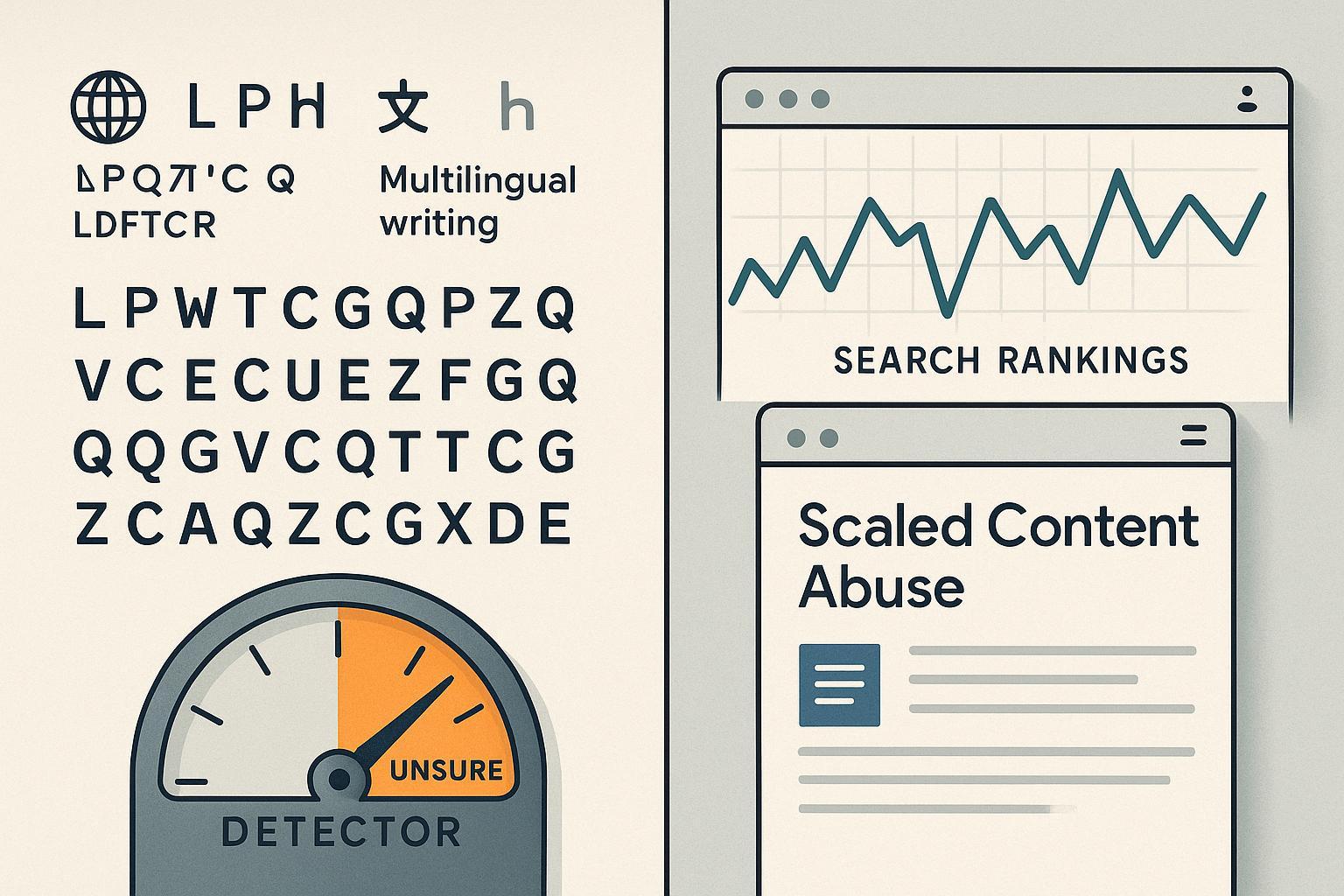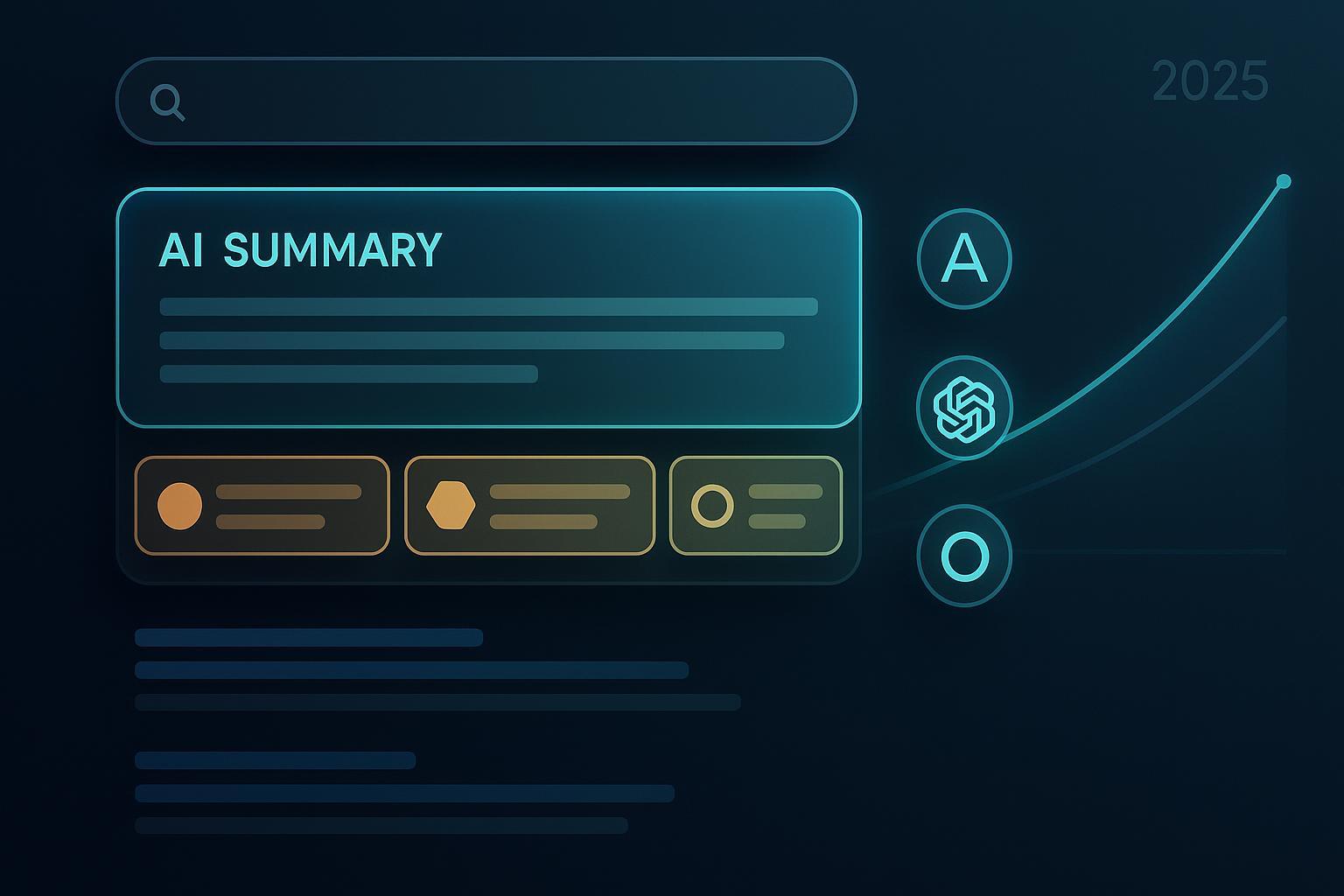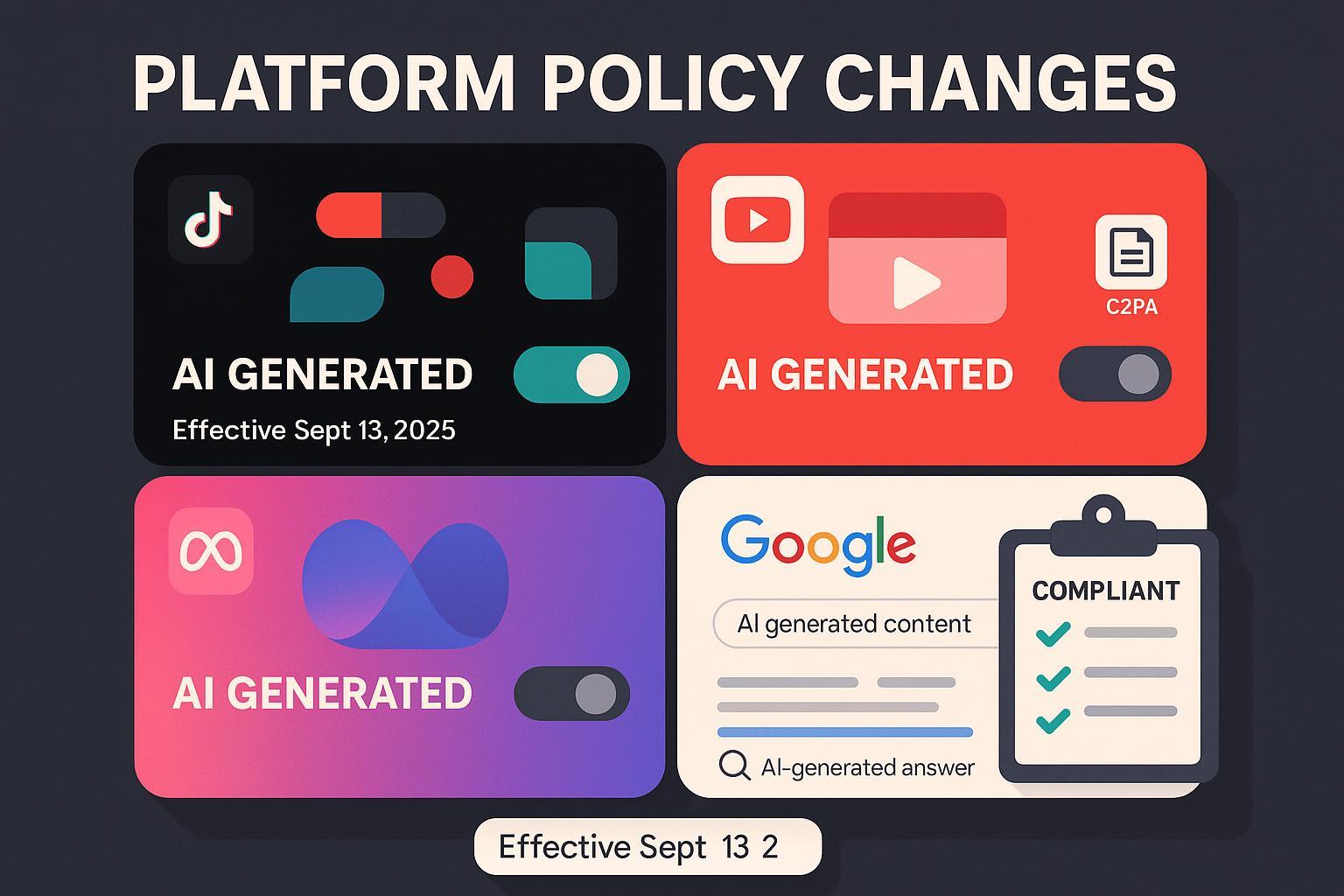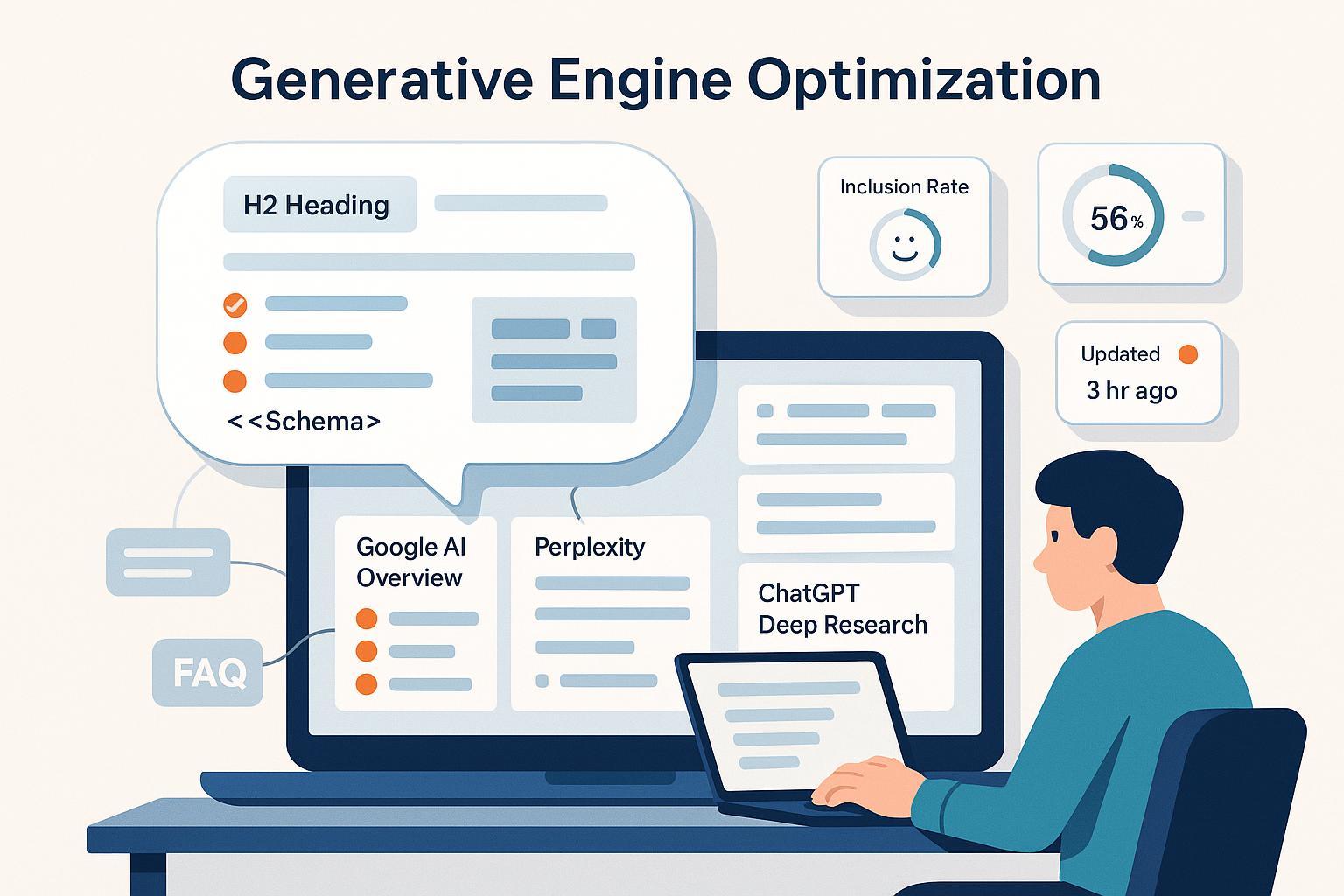AthenaHQ Review (2025): GEO/AEO Agency Workflow, Coverage & Pricing
Comprehensive 2025 review of AthenaHQ for GEO/AEO: LLM coverage, citation intelligence, agency workflow fit, pricing model, and hands-on comparisons for marketers/agencies.
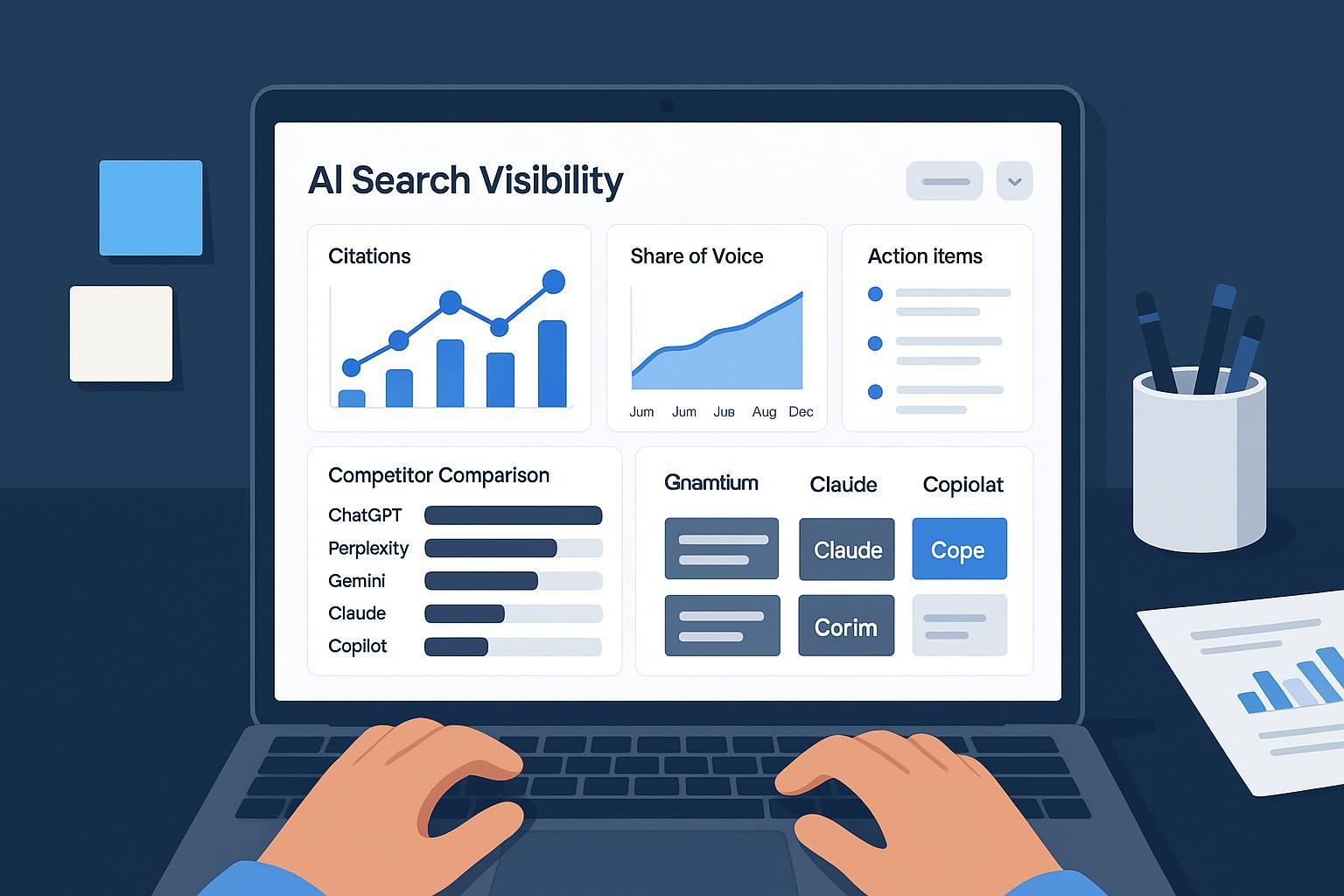
If you’re building a GEO/AEO roadmap—or running an agency program layering GEO onto SEO—the question isn’t whether AI answers are impacting your traffic and brand perception. It’s how quickly you can see what the models are saying about you, where they’re citing from, and what to do next.
Disclosure: I operate a competing GEO/AEO platform (Geneo). This review aims to be neutral and evidence-led, with clear citations and practical guidance for marketers and agencies.
What AthenaHQ Is Trying to Solve (in plain terms)
GEO (Generative Engine Optimization) focuses on how your brand shows up directly inside AI-generated answers and AI Overviews, beyond blue links. If you’re newer to this concept, you can skim a concise primer in the GEO Ultimate Guide and a complementary overview of answer engines in the AEO 2025 Guide. AthenaHQ positions itself as a centralized platform to monitor that visibility across multiple large language models and to translate findings into content actions.
At a glance, AthenaHQ’s public materials emphasize multi-engine coverage (ChatGPT, Perplexity, Claude, Gemini, Google AI Overviews/AI Mode, Copilot), citation intelligence via the Athena Citation Engine (ACE), competitor monitoring, and an Action Center for prioritized steps. See the 2025 materials on the AthenaHQ homepage.
How We Evaluated (and what we could not verify publicly)
Our evaluation framework is designed for practitioners and agencies who need repeatability:
Engines considered: ChatGPT, Perplexity, Google AI Overviews, Gemini, Claude, and Copilot.
Query set: Branded, category, and problem/solution queries; plus competitor and comparison prompts.
Outputs audited: Mentions, descriptions, citations/sources, and presence in AI Overviews.
Time window: Multi-week sampling across typical editorial cycles to observe changes after content updates.
Cadence caveat: Public docs do not disclose exact refresh schedules per engine. We therefore avoid making cadence claims beyond what’s stated in official content.
Governance caveat: Role-based access control specifics and white-label export capabilities aren’t fully documented publicly; we note where data is insufficient.
Wherever possible, we bind claims to primary pages: the AthenaHQ pricing, Action Center, Monitoring, and the QVEM methodology write-up on generative AI search query volume estimation. For market positioning across engines, see the 2025 Y Combinator company page description of multi-engine visibility.
What AthenaHQ Gets Right for Marketers and Agencies
Broad, consolidated visibility across major LLMs and AI Overviews
AthenaHQ’s positioning and feature pages describe multi-platform monitoring so you can see how your brand appears across ChatGPT, Perplexity, Claude, Gemini, Copilot, and Google’s AI Overviews. This saves the manual effort of checking each engine separately and provides a common view for stakeholders. See the 2025 AthenaHQ homepage.
Citation intelligence (ACE) to expose what’s influencing model answers
ACE is framed as the capability to track citations and understand how engines are describing your brand. In workflows, this becomes the evidence you take to editorial: which sources the models trust, where you’re missing coverage, and what pages could be improved or created.
Action Center that translates insights into next steps
Rather than leaving you with dashboards, the Action Center proposes actions to “protect and improve your company on AI search.” That shift—from visibility to prioritized action—is important for teams needing predictable sprints. See the 2025 Action Center page.
Competitor monitoring to identify risks and opportunities
Agency clients will ask, “How do we compare?” AthenaHQ’s materials highlight competitor tracking so you can show relative presence and react faster when rivals win a narrative in AI answers. See Monitoring (accessed 2025).
Enterprise signals: unlimited seats, SSO, white-glove onboarding
For agencies, unlimited seats and SSO matter. AthenaHQ’s pages mention unlimited seats and enterprise support including SSO/SAML and dedicated GEO specialists. While public setup docs are sparse, the presence of these features suggests a fit for multi-client teams. See the AthenaHQ homepage and pricing (accessed 2025).
Where AthenaHQ Falls Short (or needs more public detail)
Methodology transparency and cadence: Public materials do not provide engine-by-engine refresh cadence or collection methods. The QVEM article outlines a modeling approach for query volumes, but day-to-day monitoring frequency remains opaque. See the 2025 QVEM write-up on query volume estimation.
Impersonation detection: Mentioned in marketing copy, but we could not locate a public explainer or case study detailing detection logic and remediation workflows. Verification with sales/support is recommended.
RBAC and reporting/exports: We did not find public documentation outlining role types, permission scopes, or white-label export formats (CSV/PDF). Agencies should confirm these specifics during trial/procurement.
Data variability: All AI engines evolve rapidly, and answers can fluctuate. Teams should avoid assuming linear progress and instead adopt reproducible monitoring routines (we share one below) to reduce noise.
Pricing and Credits: What the Numbers Mean in Practice
AthenaHQ uses a credit-based model. The pricing page states that “1 credit = 1 AI response,” and a query checked across 3 models consumes 3 credits. See the 2025 AthenaHQ pricing page. Starter/Lite tiers are described around the 3,500 credits/month range, and mid-tier growth plans around 8,000–10,000 credits/month; a 2025 third-party review reiterates this range—see the Writesonic summary in “AthenaHQ Review: The Good, The Bad, & Pricing” (2025).
How to think about quotas:
Single brand, lean program: If you monitor 50 priority queries across 5 engines weekly, that’s ~1,000 credits/month (50 × 5 × ~4 weeks). Doubling cadence to twice weekly pushes you near 2,000 credits/month.
Multi-brand agency: 10 clients × 40 queries × 5 engines weekly ≈ 2,000 credits/week or ~8,000/month. Twice-weekly checks require ~16,000/month. This is where add-on credits or higher tiers become relevant.
Practical tip: Budget credits by campaign phase (baseline → optimization → proof), not equally across all queries. Use monthly sprints to spike monitoring around priority themes, then scale back to maintenance cadence.
Agency Workflow Fit: What’s Smooth and What to Verify
What’s smooth:
Centralized view: Multi-engine snapshots reduce time spent reproducing evidence for clients and execs.
Insights-to-actions: The Action Center can slot into editorial planning, turning findings into sprints with clear “why now” rationale.
What to verify in a trial:
Roles, seats, and SSO: Confirm whether unlimited seats extend to contractors and clients and whether SSO/SAML is included at your tier.
Reporting and exports: Check whether you can export CSV/PDF, annotate changes, and produce client-ready deliverables; ask about white-label options.
Impersonation playbooks: Request a demo on impersonation detection and the remediation path.
If you’re setting up your first GEO measurement rig, this short primer on answer engine analytics and measurement frameworks can help you pick the right KPIs and reporting cadence.
Head-to-Head Context: AthenaHQ vs. Scrunch AI vs. Profound (and the in‑house baseline)
Equal criteria used here: coverage breadth, actionability, governance/seats, pricing/credits, setup friction, and documentation transparency.
Scrunch AI: Positioning emphasizes enterprise readiness, SSO/RBAC, and an “Agent Experience Platform.” For outside perspective on their market angle, see the 2025 TechCrunch article, “Scrunch AI is helping companies stand out in AI search.” In our rubric, Scrunch tends to market governance and agent analytics depth; verify quota models and export/reporting details during trials.
Profound: Strong enterprise signaling (SAML/OIDC SSO; SOC 2 Type II; Conversation Explorer product). See Profound’s 2025 Enterprise overview. In parity comparisons, Profound often leads with security/compliance stories and deeper analytics modules; confirm pricing structure, credits, and documentation access.
In-house stack (Ahrefs/SEMrush + GA + manual LLM checks): Cost-efficient for small scopes but brittle at scale and difficult to standardize across clients. Week-over-week reproducibility is the main weakness: model responses shift, manual checks are inconsistent, and reporting effort balloons.
Where AthenaHQ sits: From public pages, AthenaHQ focuses on consolidated monitoring, citation intelligence, and actionable next steps, with enterprise signals (seats/SSO). Transparency on cadence and governance docs is thinner than we’d like, so procurement teams should ask for details and sample exports during evaluation.
Alternatives / Toolbox (neutral, parity view)
Geneo — a GEO/AEO platform focused on multi-platform AI monitoring, AI-driven sentiment analysis of brand mentions, and turning insights into a prioritized content roadmap for marketers and agencies. Disclosure: I operate Geneo, which competes in this category. To maintain neutrality, consider a sandbox test: use Geneo to monitor a 20-query set across AI engines for four weeks while benchmarking against AthenaHQ’s actions-to-outcomes loop.
Scrunch AI — Enterprise-leaning alternative with a strong emphasis on governance and agent analytics; validate pricing/credits, export options, and engine coverage using your own prompt set.
Profound — Suited to security/compliance-sensitive teams seeking SSO/SOC 2 Type II assurances and rich analysis modules; confirm cost and documentation access up front.
A Measurement Framework You Can Replicate in a 30‑Day Trial
Use this to evaluate AthenaHQ (or any alternative) with minimal ambiguity.
Scope the prompts
20–40 prompts per client: 1/3 branded, 1/3 category, 1/3 problem/solution.
Track across 4–6 engines (ChatGPT, Perplexity, Claude, Gemini, Copilot, Google AI Overviews).
Establish a cadence
Week 0 baseline, then 2 checks/week for 4 weeks. Budget credits accordingly (see the quotas section above).
Define the KPIs
Share of presence: % of prompts where your brand appears in top answers/Overviews.
Citation quality: % of appearances with authoritative citations you control or can influence.
Sentiment & accuracy: Are descriptions correct, neutral/positive, and aligned to positioning?
Action completion: % of Action Center (or equivalent) recommendations shipped in the sprint.
Outcome delta: Change in presence/citation quality after shipped actions.
Close the loop with content updates
For pages tied to missing/weak citations, ship specific improvements: clarify claims, add data, and strengthen schema/E-E-A-T signals. For practical steps on improving AI citations, see this tutorial on optimizing content for AI citations.
Document and decide
Export snapshots, annotate changes, and present the 4-week delta to stakeholders. Decide whether the platform’s cadence, accuracy, and actionability justify continued investment.
Strengths, Limitations, and Who Should Choose AthenaHQ
Strengths
Consolidated multi-engine monitoring and citation intelligence to drive editorial action.
Action Center that helps teams move from dashboards to sprints.
Enterprise signals (seats, SSO, onboarding support) for agencies and larger teams.
Limitations
Limited public documentation on refresh cadence, RBAC specifics, and reporting/export options; impersonation detection lacks a public explainer.
Credit planning is essential for agencies; higher cadences across multiple clients can strain quotas unless add-ons are used.
Best fit
In-house teams and agencies that want a unified view of AI answers and a guided path to action, and that are comfortable verifying governance/reporting details during the trial.
Proceed with caution if
You require explicit, publicly documented RBAC matrices, white-label reporting exports, or detailed impersonation workflows before trial access; contact sales for confirmations and sample artifacts.
The Bottom Line
AthenaHQ presents a compelling “monitor → analyze → act” approach to GEO/AEO. The public story is strong on coverage and actionability; it’s lighter on methodology cadence and governance documentation. For most marketers and agencies, the right next step is a structured 30-day trial with a defined prompt set, pre-agreed KPIs, and a credit budget that reflects your cadence. If the platform consistently improves your presence and citations across engines—and you can produce repeatable, client-ready reports—it earns its seat in your stack.
—
References (accessed or published 2025)
AthenaHQ homepage: AthenaHQ
Pricing and credits: AthenaHQ Pricing
Action Center: AthenaHQ Action Center
Monitoring overview: AthenaHQ Monitoring
Methodology note (QVEM): Query Volume Estimation Model
Market positioning: Y Combinator — AthenaHQ
Scrunch AI market context: TechCrunch on Scrunch AI
Profound enterprise overview: Profound Enterprise

